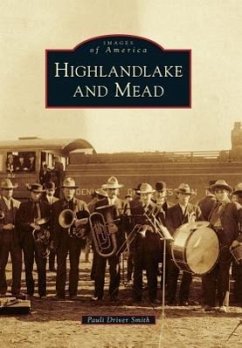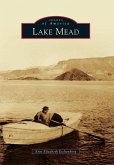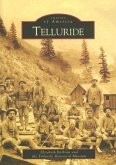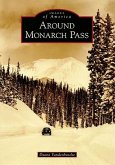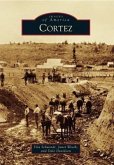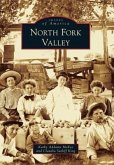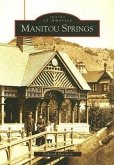Today, Mead is a vibrant "Little Town with a Big Future," but when Lorin C. Mead homesteaded 80 acres in 1871, it was nothing more than virgin prairie with a small spring-fed pond he named Highland Lake after Sir Walter Scott's poem "The Lady of the Lake." In 1873, he completed the Highland Ditch and enlarged the pond into a reservoir. The availability of irrigation water attracted additional settlers, and soon a village named Highlandlake sprang up along the shore. In late 1905, a promised railroad bypassed Highlandlake and instead established a beet dump along the eastern border of Paul Mead's farm. Paul, the son of Lorin C. Mead's brother Dr. Martin Luther Mead, immediately platted a new town, naming it after his father. Mead thrived until the Great Depression, during which several businesses were lost, including both banks. For almost 60 years, the town struggled to overcome the resultant losses until finally, in the 1990s, families rediscovered Mead's quaint charm and rural beauty.
Hinweis: Dieser Artikel kann nur an eine deutsche Lieferadresse ausgeliefert werden.
Hinweis: Dieser Artikel kann nur an eine deutsche Lieferadresse ausgeliefert werden.

